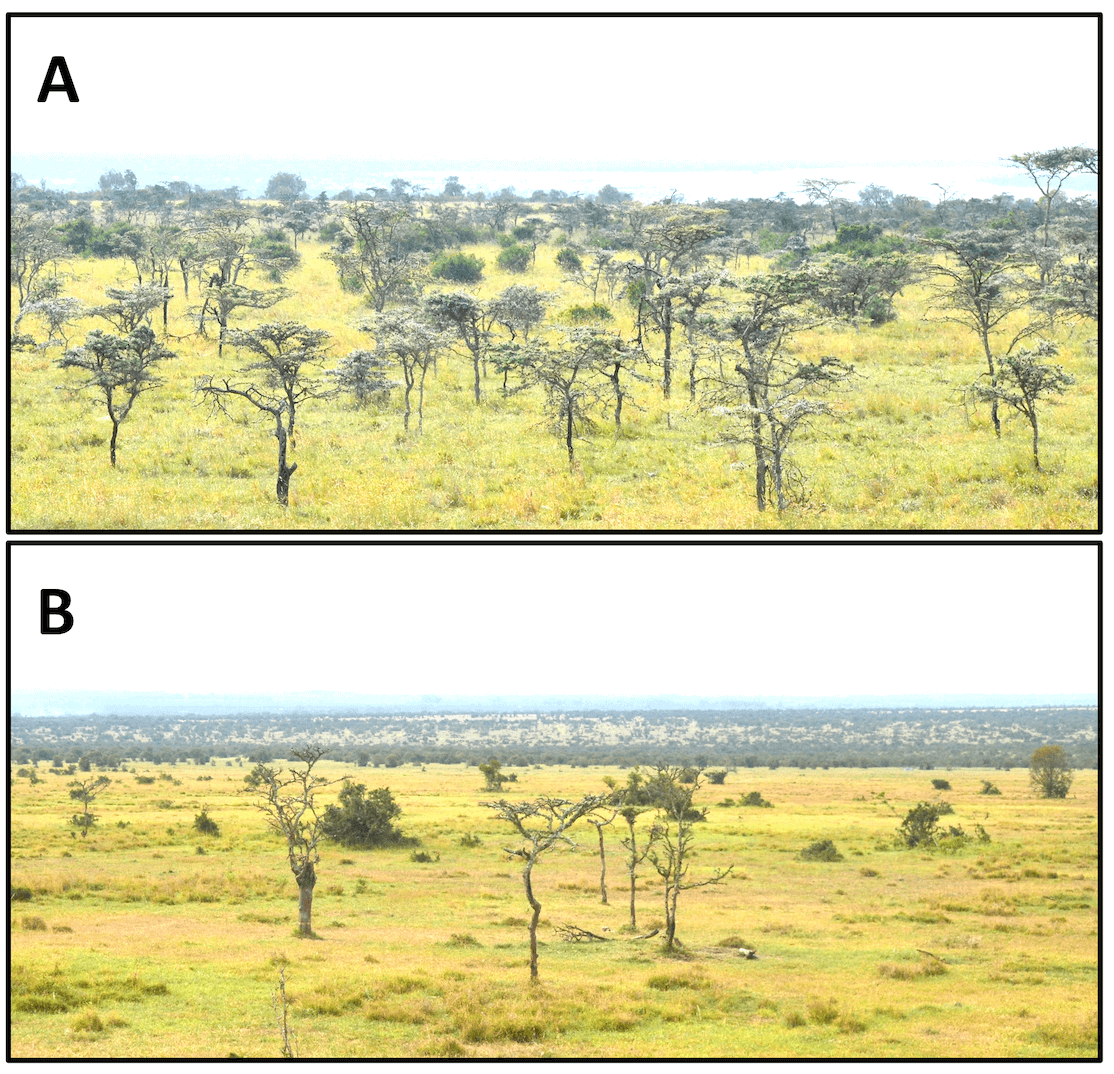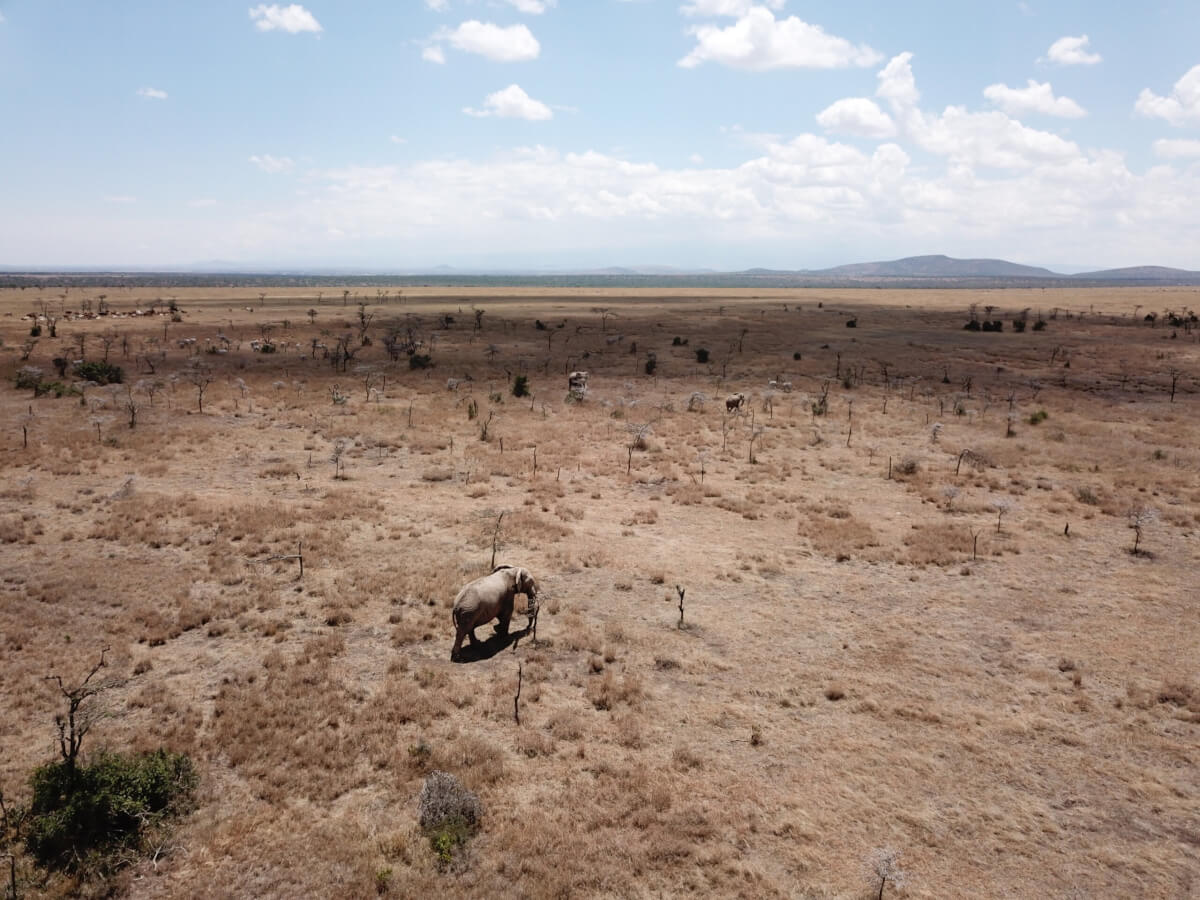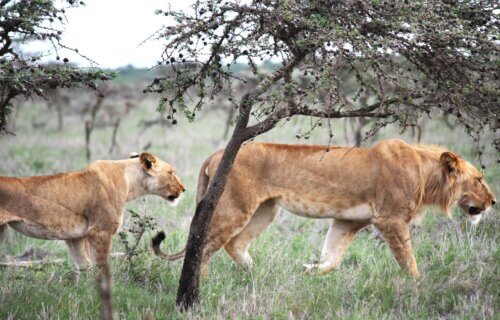GAINESVILLE, Fla. — In “The Lion King,” the biggest threats to Simba and his tribe were Scar and the hyenas. In the real world, though, a serious enemy lions face today are — ants! Researchers from the University of Florida reveal that a tiny invasive ant species is causing significant disruptions in an East African wildlife area, with far-reaching consequences for the region’s ecosystem, particularly for lions and their prey.
The research demonstrates the unexpected impact of the “big-headed” ant (Pheidole megacephala) on the interactions among various species in the Ol Pejeta Nature Conservancy in Kenya. This study, encompassing over three decades of research, utilized camera traps, satellite tracking of collared lions, and statistical modeling to unravel the complex web involving ants, trees, elephants, lions, zebras, and buffaloes.

“These tiny invaders are cryptically pulling on the ties that bind an African ecosystem together, determining who is eaten and where,” says study author Todd Palmer, an ecologist and professor in the Department of Biology at the University of Florida, in a university release.
The study found that the invasive ants have disrupted a mutualistic relationship between acacia trees and a species of ant that protected them from large herbivores like elephants and giraffes. This mutualism had previously stabilized the tree cover, essential for the persistence of acacia trees in areas populated by large plant-eating mammals.
However, with the arrival of the big-headed ants, this balance has been upset. Unlike the native ants, the invasive species do not protect the acacia trees, leading to their destruction by elephants. This loss of tree cover has critical implications for lions, the apex predators of the area. As ambush predators, lions rely on tree cover to stalk zebras, their preferred prey. However, the reduction in tree cover has made it harder for lions to hunt effectively.

“Oftentimes, we find it’s the little things that rule the world,” notes Palmer. “These tiny invasive ants showed up maybe 15 years ago, and none of us noticed because they aren’t aggressive toward big critters, including people. We now see they are transforming landscapes in very subtle ways but with devastating effects.”
As a result of these environmental changes, lions are adapting by turning to buffaloes as an alternative prey, despite buffaloes being larger, stronger, and more challenging to hunt.
The research team, including scientists from the University of Wyoming and The Nature Conservancy, acknowledges the critical need for solutions to this ecological problem. They are exploring interventions, such as temporarily fencing out large herbivores, to minimize the impact of these invasive ants on tree populations.
“The role of behavioral adjustments in underlying the population stability of lions, plus the degree to which such stability can be maintained as big-headed ants advance across the landscape, remain open questions for future investigation,” University of Wyoming researchers write in a university release.

Palmer highlights the importance of traditional field research methods in understanding such complex ecological phenomena.
“There are a lot of new tools involving big data approaches and artificial intelligence that are available today,” explains Palmer, “but this study was born of driving around in Land Rovers in the mud for 30 years.”
The study is published in the journal Science.
